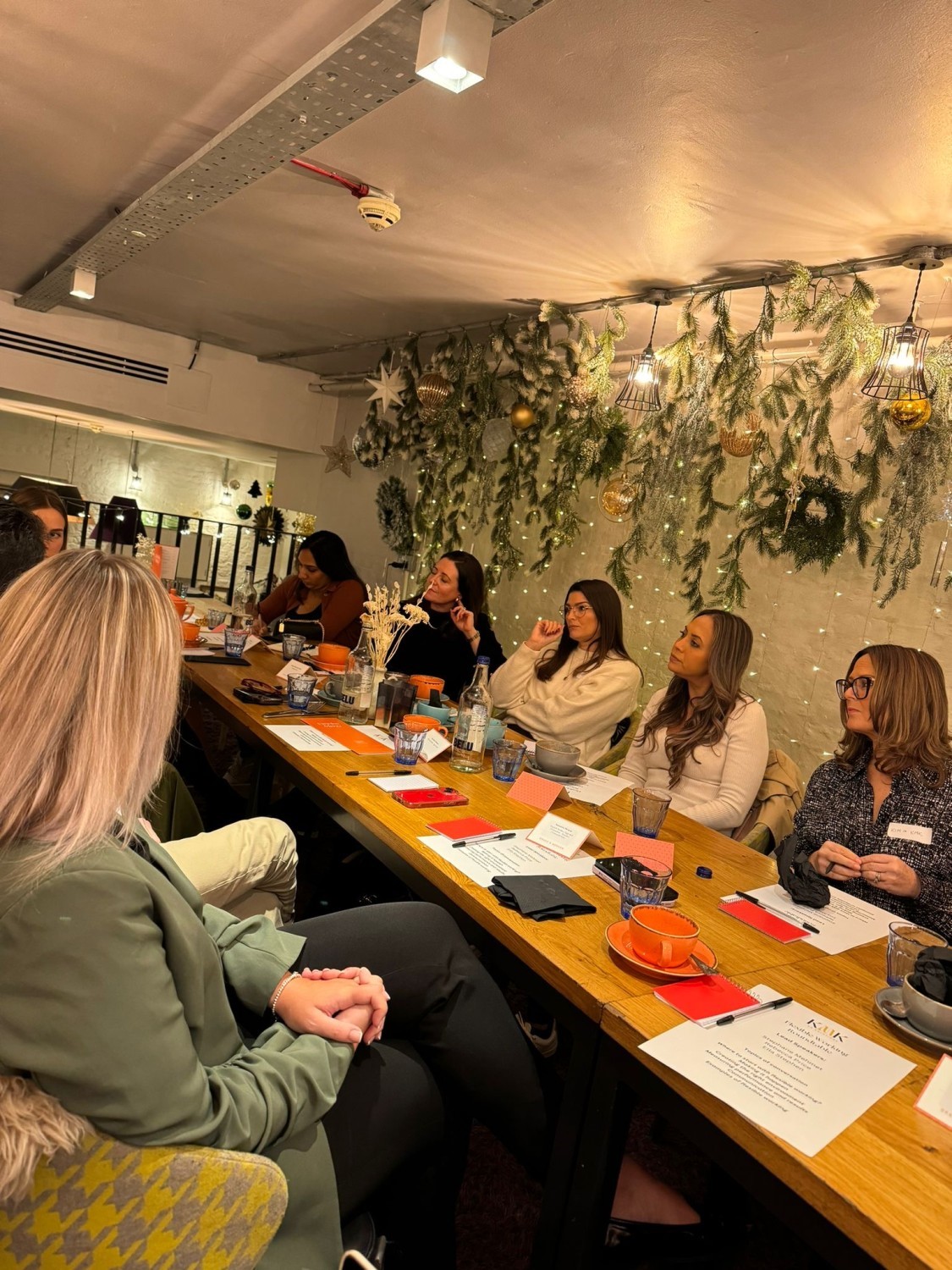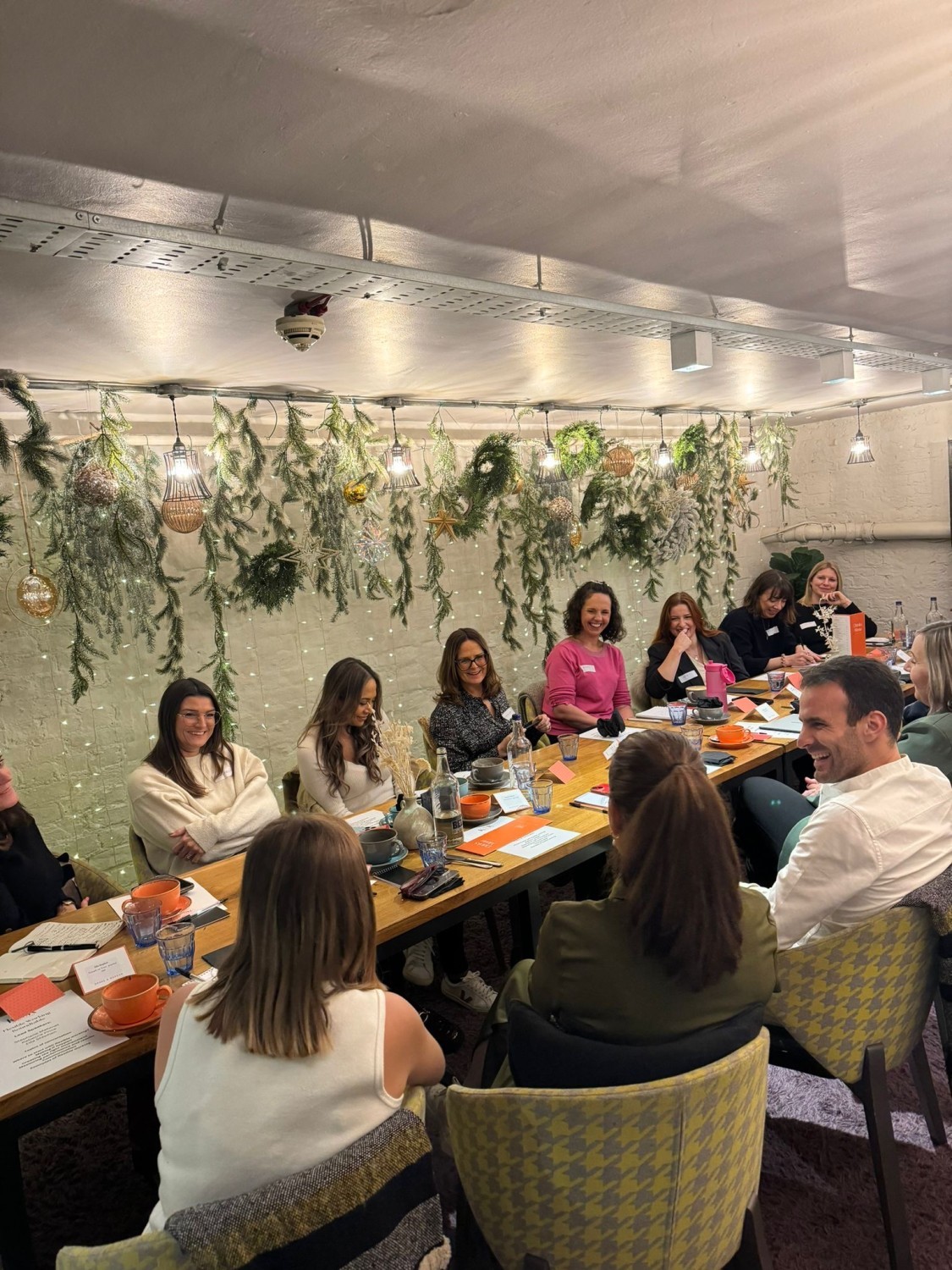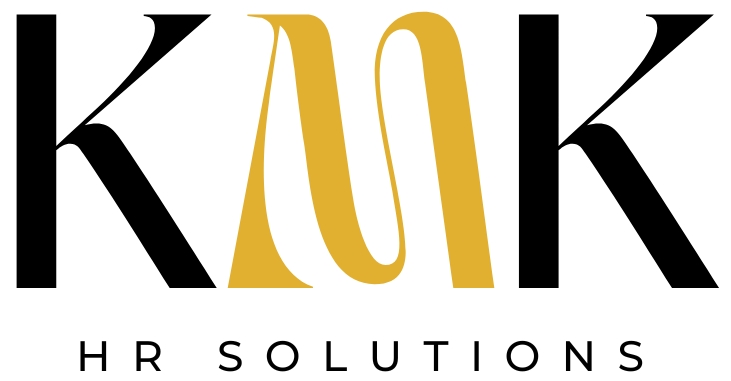Flexible Working Roundtable
KMK would like to extend a heartfelt thank you to all who attended and contributed to our Flexible Working Roundtable Event. We thoroughly enjoyed the discussions, insights, and ideas shared, and we hope you walked away with valuable takeaways to implement within your organisation.
Based on the seminar, here are the key action points and next steps to help you successfully navigate flexible, hybrid, and remote working models within your business:



Action Points:
- Engage Your Leadership Team: Secure buy-in from your leadership team to support and champion flexible working initiatives across the organisation.
- Foster Trust & Empower Employees: Trust your employees to manage their work, providing them the autonomy to balance productivity with personal well-being.
- Promote Employee Engagement: Introduce "Intentional Days" (weekly or monthly) dedicated to fostering team connection and engagement—whether virtually or in-person.
- Ensure Regular "Face Time": Schedule regular check-ins, either face-to-face or virtually, to maintain strong communication and relationships with your team.
- Implement Feedback Mechanisms: Use employee engagement surveys, focus groups, or performance data to regularly assess how flexible working is impacting your workforce.
- Offer Flexible Hours: Introduce flexible working hours, such as “FLEXI” or “CORE” hours, to allow employees to work around their personal schedules.
- Focus on Performance, Not Presence: Shift focus from tracking hours to measuring outcomes. Introduce performance metrics and set clear daily, weekly, and yearly goals.
- Encourage Team Conversations on Productivity: Have open discussions with your team to understand what drives their productivity in a flexible working environment.
- Mentorship & “Buddy Days”: Roll out mentorship programmes or "Buddy Days" to foster collaboration and peer support.
- Support In-Person Onboarding & Appraisals: Ensure new starters are onboarded in person (where possible) and arrange for in-person performance meetings and appraisals.
- Set Up Comfortable Home Workstations: Ensure employees are equipped with the necessary tools and resources to work comfortably from home, promoting both health and productivity.
- Evaluate Financial Impacts: Consider the potential cost savings for employees working from home and assess whether any salary adjustments are needed for those required to be in the office full-time.
- Encourage Cross-Functional Collaboration: Introduce networking or collaboration days to encourage cross-team interaction and innovation.
- Build Social Connections: Engage staff through virtual or in-person social events to maintain team morale and cohesion.
- Be Transparent & Fair: Clearly communicate your flexible working policies and ensure they are applied fairly across the organisation.
- Address Individual Needs: Recognise that flexibility should accommodate the individual needs of employees—there is no “one size fits all.”
- Continuous Feedback Loop: Regularly solicit feedback from employees to adapt and refine your approach to flexible working based on their experiences.
Next Steps:
- Review & Discuss: Meet with your leadership team to discuss the points raised and identify the next steps that align with your company’s goals.
- Pilot Initiatives: Consider piloting a few of the above suggestions to gauge employee response and refine your flexible working model.
- Stay Engaged: Keep the conversation going with your teams and invite ongoing feedback to ensure your working model evolves to meet their needs.
We hope these insights help you successfully implement flexible working arrangements within your organisation. Should you have any questions or require further support, don’t hesitate to reach out to the KMK team, we’re here to help!
Thank you once again for being part of our roundtable, and we look forward to continuing the conversation with you.

